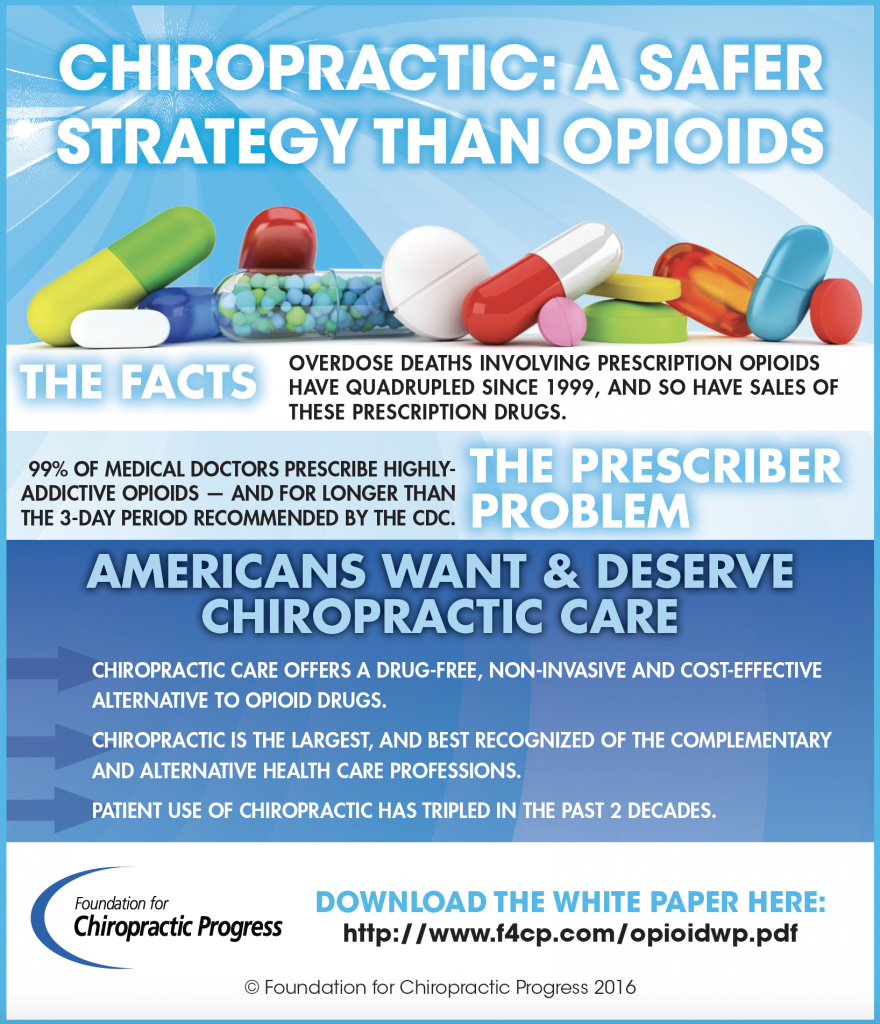Cold Laser Therapy: Separating Misconceptions From Fact
Cold Laser Therapy: Separating Misconceptions From Fact
Blog Article
Write-Up Created By-Albert Faber
You might have listened to conflicting information about cold laser therapy, questioning what's true and what's not. As you weigh the myths against the truths, it's necessary to different misconceptions from clinical proof. Understanding the advantages and potential dangers can assist you make notified choices about incorporating this cutting-edge treatment into your healthcare regimen.
Common Misconceptions
Typical misunderstandings about cold laser therapy can cause complication and apprehension among individuals seeking option treatments. One prevalent myth is that cold laser therapy involves the use of unsafe radiation. In truth, cold laser therapy utilizes low-level laser light that doesn't produce warm or trigger damages to cells.
One more mistaken belief is that cold laser treatment hurts, when as a matter of fact, it's a non-invasive and painless treatment. Some individuals also believe that cold laser treatment is just effective for surface-level concerns, such as skin conditions. Nonetheless, research has revealed its efficiency in dealing with a vast array of problems, including bone and joint injuries and persistent discomfort.
In addition, there's a misconception that cold laser therapy produces prompt results after a single session. While some people might experience relief after one treatment, a collection of sessions is commonly suggested for ideal end results. By dispelling these false impressions, individuals can make informed choices about integrating cold laser therapy into their health care regimen.
Scientific Proof
Misunderstandings concerning cold laser treatment can be eliminated by examining the clinical evidence sustaining its efficacy. Many researches have checked out the efficiency of cold laser treatment in various medical conditions, such as pain monitoring, cells repair, and swelling decrease. Suggested Website has shown that cold laser therapy can help increase the healing process by advertising mobile repair service and boosting blood flow in the targeted location.
In a research published in the journal Discomfort Study and Monitoring, scientists located that cold laser treatment dramatically lowered discomfort degrees in patients with persistent neck discomfort contrasted to a sugar pill treatment.
An additional research study in the Journal of Rheumatology showed the positive effects of cold laser therapy in reducing swelling and improving joint function in people with rheumatoid joint inflammation.
Advantages and Dangers
What're the possible advantages and risks connected with cold laser therapy?
Cold laser treatment offers different advantages such as decreased swelling, pain alleviation, and increased tissue repair service. By promoting mobile function and circulation, it can help in healing wounds, lowering swelling, and enhancing variety of motion. In addition, this non-invasive treatment is typically fast, pain-free, and needs no downtime, making it a practical alternative for many people.
However, like any medical procedure, cold laser therapy does include some threats. While skin rejuvenation , prospective side effects might consist of mild tingling, short-lived skin inflammation, or a mild increase hurting. It's important to make sure that the therapy is carried out by a qualified medical care expert to decrease any negative results and optimize the benefits.
Additionally, cold laser treatment might not appropriate for everyone, specifically people with specific medical conditions or expectant females, so speaking with a healthcare provider prior to starting therapy is essential to determine its suitability for your specific circumstance.
Verdict
In conclusion, cold laser treatment is a safe and efficient treatment choice for musculoskeletal injuries and chronic pain problems, regardless of common mistaken beliefs.
Scientific evidence supports its advantages in reducing swelling, increasing tissue repair service, and improving cellular function.
While several sessions might be needed for ideal outcomes, the non-invasive nature of cold laser treatment makes it a beneficial therapeutic alternative for those looking for pain monitoring and recovery.
